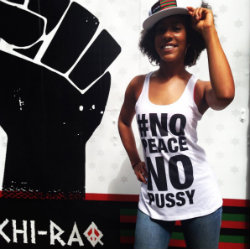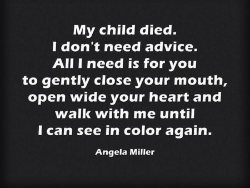A few days ago, NBC sought to create a winter holiday TV event with The Wiz Live! that combined the family friendly wholesomeness of the The Sound of Music with the Twitter-takeover cultural force of Scandal and Empire.
There was debate among some viewers about the selection of the cast, and about whether this new version deviated too far from the 1975 musical and the 1978 TV adaptation. I’m not interested in either of those conversations. I saw someone on Twitter describe the December 3rd broadcast as “liberation art”, and I think that is a useful way to think about the function of that performance in this moment in our nation.
This has been a year where the single greatest unifying element of African-American TV life – The Cosby Show – has been snatched from cable and network TV stations due to the avalanche of allegations against Bill Cosby. This has been a year where our nation has watched hours of news b-roll footage spotlighting the death of – and the grief over – Black bodies on a near weekly basis. This is a month that begins the countdown to the end of the tenure of our nation’s first (and maybe only) African-American president.

So I think this broadcast of The Wiz Live! should be understood as chicken soup for Black child’s soul. It was an argument for reinstating funding for the arts in our public schools. It reveled in the range of shapes, shades, and seasons within Black life. It was about standing in the oral history traditions of our ancestors and using the drums and the dance to pass truths down to the next generation. It was about saying “Ya’ll Got It!” to a BlackLivesMatter generation.
The day after watching The Wiz Live!, I went to see Chi-raq.

As a Chicago-area native, the irony was not lost of me that Spike Lee went to not-yet-gentrified neighborhoods in Chicago to make a movie that I went to watch in the almost completely gentrified neighborhood surrounding his 40 Acres & A Mule offices in Brooklyn.
Spike’s latest film is about many things, some of which has to do with Chicago specifically, and some of which has to do with gangs and guns generally. But he threw in a whole bunch of other stuff that is likely to leave a foul taste in the mouths of the generation he was trying to reach. This film won’t accomplish its mission without help.
We’re definitely looking for additional reading, musical, and artistic resources, so if you have any resources that would be helpful, we’d love to include them!
In the meantime, there are many good conversations to be had comparing and contrasting the themes and messages in The Wiz Live! and Chi-raq:
- Women as Leaders – Both works have strong women as the central protagonists who operate as the point guards for their respective team of friends and supporters. How should we think about the leadership styles of “Oz-or-Bust” Dorothy and “Lock-it-Up” Lysistrata?
- Faith in a Higher Power – How do we think about the similarities between the complete faith Dorothy & Co. initially place in The Wiz’s power to grant compassion, courage and common sense, and the faith represented in the white dresses, suits, and praise robes of the grieving church parishioners in Chi-raq?

- Where is Home? – There is a powerful moment in The Wiz Live! when Dorothy learns that “home is not where you live, home is where you love.” This is interesting because Dorothy was trying to return to a physical location where she felt safe, and she was trying to flee a place that she didn’t see as safe. By contrast, the mothers and children whose suffering is the primary inspiration and subject of Chi-raq make their homes, lives and love in a physical location that is not safe.
- Things Adults Say – One of the stark contrasts between these two pieces appears in the nature of the conversations the adult characters have with the younger characters. Some of the most important quotes and monologues in both pieces come from adults trying to get a message to young people. The difference lies in where the majority of those messages fall on the uplift/nurturing love – straight talk/tough love spectrum.
- Women in Locks – How do we talk about the role that locks and chains play in relation to the women characters in both pieces? Spike definitely intended to provoke a response when he decided to have the women in his film actually place physical locks on themselves as a means to achieve their freedom and save their babies. The producers of The Wiz Live! sent a clear message by casting Queen Latifah as The Wiz, whose personal liberation comes from opening the locks and removing the barriers that separated her from the world around her.
- Suffering, Solutions, and Segregation – The all-Black cast of The Wiz and the Black-cast-in-predominantly-White-power-structure setting of Chi-raq is one of the most profound contrasts between the two pieces. In many ways it parallels the Historically Black Colleges & Universities (HBCU) v. Predominantly White Institutions (PWI) debate that has re-emerged in the aftermath of recent protests by Black students on the nation’s college campuses. I was struck by how differently we think about the misconduct, guilt, suffering, blame, and redemption of Black characters when there is no White presence in a story, and how we see these representations when a White power structure looms over a story.
See why we need a curriculum? We’re ready. Hit us up and let’s get to work.
– Day G.
Host, Class of Hope & Change
